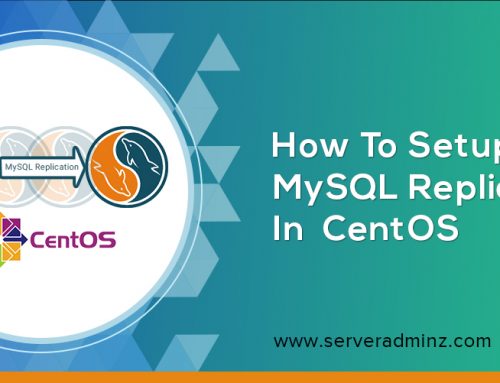If you want to check , if InnoDB is enabled on the server , you can check this via two methods :
1)
—————————————
root@server[#] mysqladmin variables | grep have_innodb
—————————————
If the above command show the output as below :
—————————————
| have_innodb | YES
—————————————
then it means InnoDB is enabled.
2)
—————————————
root@server[#] mysql
mysql> show engines;
—————————————
If the above command shows the below output :
+————+———+—————————————————————-+
| Engine | Support | Comment |
+————+———+—————————————————————-+
| MyISAM | DEFAULT | Default engine as of MySQL 3.23 with great performance |
| MEMORY | YES | Hash based, stored in memory, useful for temporary tables |
| InnoDB | YES | Supports transactions, row-level locking, and foreign keys |
| BerkeleyDB | NO | Supports transactions and page-level locking |
| BLACKHOLE | YES | /dev/null storage engine (anything you write to it disappears) |
| EXAMPLE | YES | Example storage engine |
| ARCHIVE | YES | Archive storage engine |
| CSV | YES | CSV storage engine |
| ndbcluster | NO | Clustered, fault-tolerant, memory-based tables |
| FEDERATED | YES | Federated MySQL storage engine |
| MRG_MYISAM | YES | Collection of identical MyISAM tables |
| ISAM | NO | Obsolete storage engine |
+————+———+—————————————————————-+
It means InnoDB is enabled.





Leave A Comment
You must be logged in to post a comment.